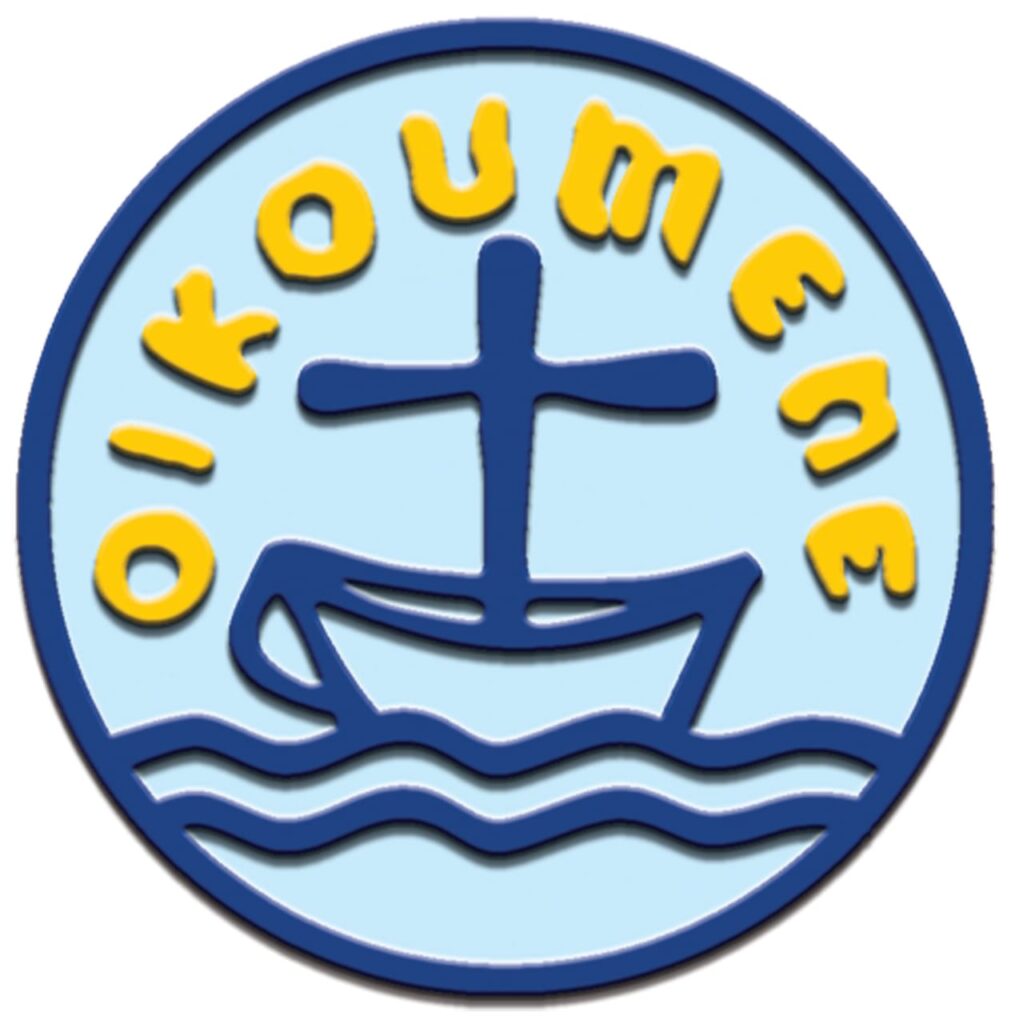Martin Luther, the great evangelical catholic theologian and Sixteenth Century reformer of the Church, lived in a time of colossal challenges and hardships. In addition to the many troubles Martin Luther experienced due to his efforts to increase Biblical literacy, promote Christian revival, and reform the entrenched corruption of the Church of Rome and the Holy Roman Empire, Martin and Katie his wife also lost two of their six children (probably due to the plague) during their life together: first their infant daughter (Elizabeth Luther) died at only 7 months old, and then years later their teenage daughter (Magdalena Luther) died at 13 years old. Moreover, Europe was under constant attack by the Turkish Ottoman Empire, and there was populist unrest and revolt all over the place.
Martin Luther lived in extremely uncertain times, and it’s very unlikely in the year 1523 that Luther could have foreseen with any amount of certainty how all of his work would ultimately turn out. In that early Sixteenth Century timeframe (a pivotal time of immense transition from the Late Medieval era to the Renaissance era), Martin Luther’s evangelical catholic reformation of the Church was not a steady and glorious march of gospel revival and spiritual restoration. Indeed, it was never smooth going. Rather, it was messy, and it had its share of radicalism and extremism. However, one thing was for sure, it was quite clear that something a lot bigger than one person, a lot bigger than even the great Martin Luther, was taking place.
Furthermore, all of this socio-political and religious turmoil wasn’t happening in a technological vacuum. For it was a time of new technologies such as the printing press. It was a time in which an innovator who was a mathematician, astronomer and Church canon lawyer, named Nicolaus Copernicus, published his great scientific work that kicked Planet Earth out of the center of the Solar System. It was also a time in which the map of the globe was growing increasingly extensive and detailed, being charted by the expanding empires of Portugal and Spain.
What new kind of world was emerging out of all this? Which aspects of all this great change were good and righteous and constructive? Which aspects of all this change were destructive, unrighteous and demonic? How was God’s Holy Spirit calling, gathering and enlightening his Church for such times as this?
Today, 500 years on from Martin Luther in 1523, in this Year of our Lord 2023, we the modern-day Church of Jesus Christ find ourselves living through a similarly pivotal time of colossal challenges. We are still trying to help our youth climb out of the developmental stagnation they endured resulting from the unprecedented “stay at home” directives, requiring them to do school and learn, to build relationships and develop life skills, all from their bedroom desks on laptops and tablets. And sadly, we are still contending with old radical ideologies that have been repackaged for our digital era, causing great harm in their wake.
Additionally, the tried and true principles of life and liberty, of family and faith, and so on, are all under tremendous pressure. New technologies and discoveries are wiring us up and plugging us in (whether we like it or not) for both good and ill. Our technology can be used to keep us informed and connected, but this technology is also used to keep us propagandized and contained.
So yes, something new is emerging, and the world is changing at a lightning pace. But the question always remains: Which changes are good and Godly, healthy and constructive, and which changes are not?
I believe God is still calling and shaping us, his Holy Church, to be faithful witnesses within the world that is presently emerging, no matter what the cost to us might be. We just need to be enlightened and shaped by God’s grace and truth, first and foremost, and to be ready and willing to answer God’s call.
Forever secure in God who is “our refuge and strength” (Psalm 46:1) we can be bold in our witness of the good news of Jesus Christ our Lord and Savior. For as Jesus declares to his disciples of all times and places, “I am with you always, even to the end of the age” (Matthew 28:20).
Together in Christ, Pastor Tim

